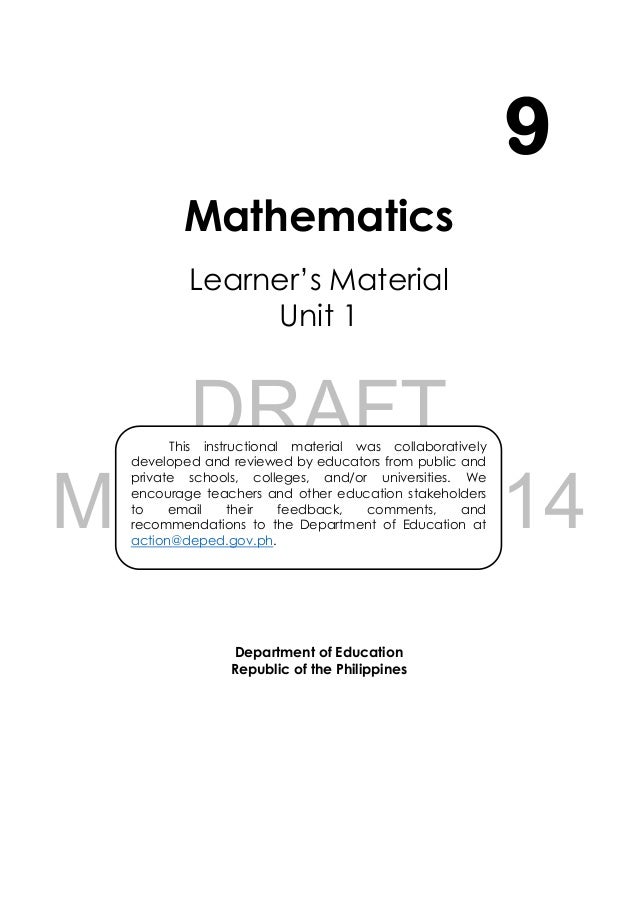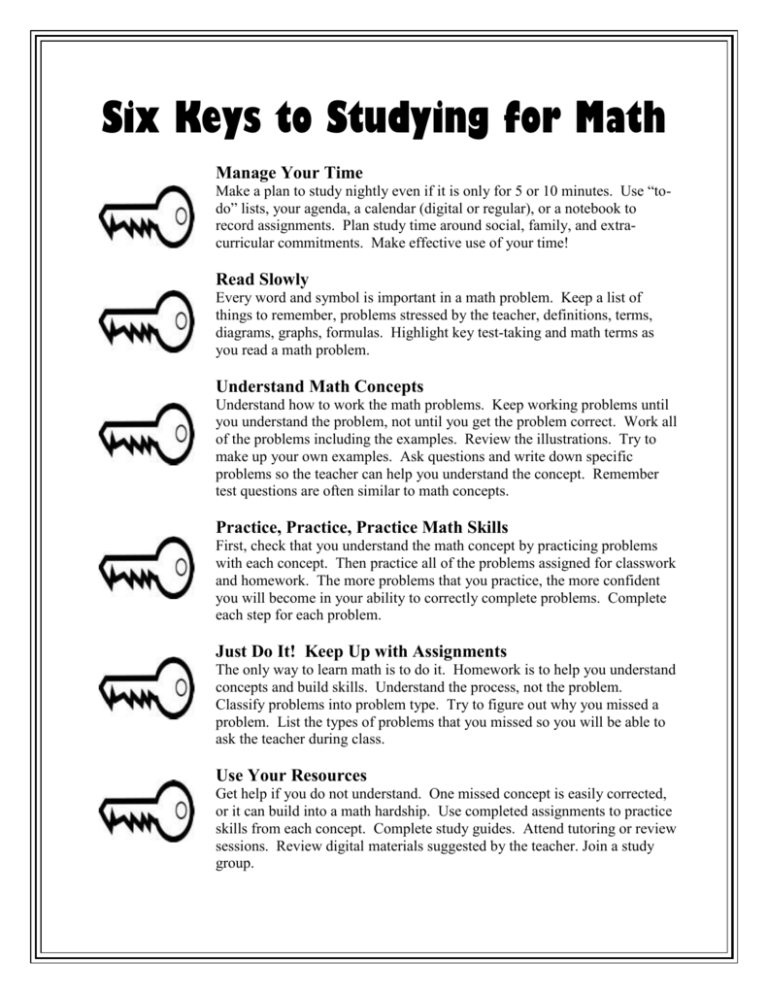
Cut out the shapes, order them from least area to greatest area, and glue them onto the 12-by-18-inch white paper.Figure out the area of all the shapes and label them.I explained what they were to do, also writing the directions on the board: I then projected a transparency of the shapes the students were going to explore. Then two halves make a whole and two more halves make a whole. Janie explained, “There are six whole squares. Tracing the triangle on the squared paper and then removing it helped the students see that it was, indeed, 8 square inches. “Some of the squares are only halves,” Alicia said. “It’s half of sixteen, so it has to be eight,” Michael said. Some students knew immediately that its area had to be 8 square inches. Next I cut the square in half on the diagonal, making two triangles.

It was easy for the students to figure out that its area was 16 square inches. I then trimmed the 4-by-5-inch card so it was a 4-by-4-inch square. All of the students knew its area was 20 square units, some figuring that 20 was half of 40 and others multiplying 4 by 5. I removed the 5-by-8-inch index card, folded it in half the short way, and cut on the fold. Others counted to find that 23 squares on the grid weren’t covered and then subtracted 23 from 63. I asked, “What is the area of the index card?” Some students multiplied 5 by 8 to get the area of 40 sq in.

I next placed a 5-by-8-inch index card on the grid, positioning it carefully so its sides were on lines and it covered 40 of the squares completely. (When the students later worked on finding the areas of shapes, I nagged them regularly to identify the units and record them in one of these ways.) I showed them three options for recording this area: 63 sq in, 63 sq”, and 63 in².

From their study of multiplication, the students knew to multiply 7 by 9 to get the area of 63 square inches. We first talked about the area of the grid. To begin, I projected an overhead transparency of the inch-squared paper, which was a 9-by-7 grid. Also, I made an overhead transparency of each of the sheets I distributed. I used yellow paper for the shapes so that there would be contrast when they pasted them on white paper. To prepare for the lesson, I duplicated for each pair of students the shapes for the activity and a sheet of inch-squared paper. I chose the activity because I felt that the students needed more experience with finding the areas of shapes. The students had already completed three other activities from About Teaching Mathematics- Foot Area and Perimeter, Squaring Up, and The Perimeter Stays the Same. I decided to use it with fifth graders in a different way than suggested in the book and have described below what I did. Developing Algebraic Thinking: Plotting and Growingĭeveloping Geometric Logic: Shapes and Pathsĭeveloping Measurement Benchmarks: Scales and Balancesĭeveloping Number Concepts: Ordering and Arranging, Module Aĭeveloping Number Concepts: Ordering and Arranging, Module BĮnVision MATH Common Core 2.0 Student Edition V1ĮnVision MATH Common Core 2.While browsing through About Teaching Mathematics recently, I came upon an activity, Area and Perimeter, that had once been one of my favorites but that I hadn’t taught in quite some time.


 0 kommentar(er)
0 kommentar(er)
